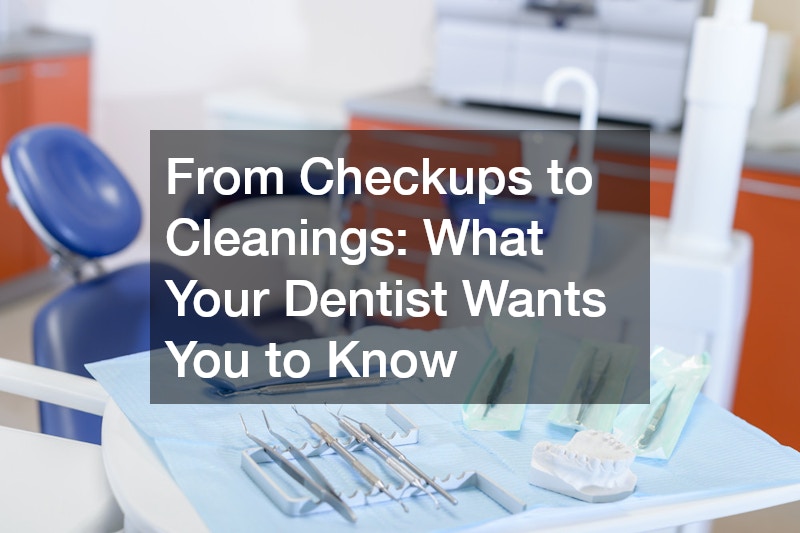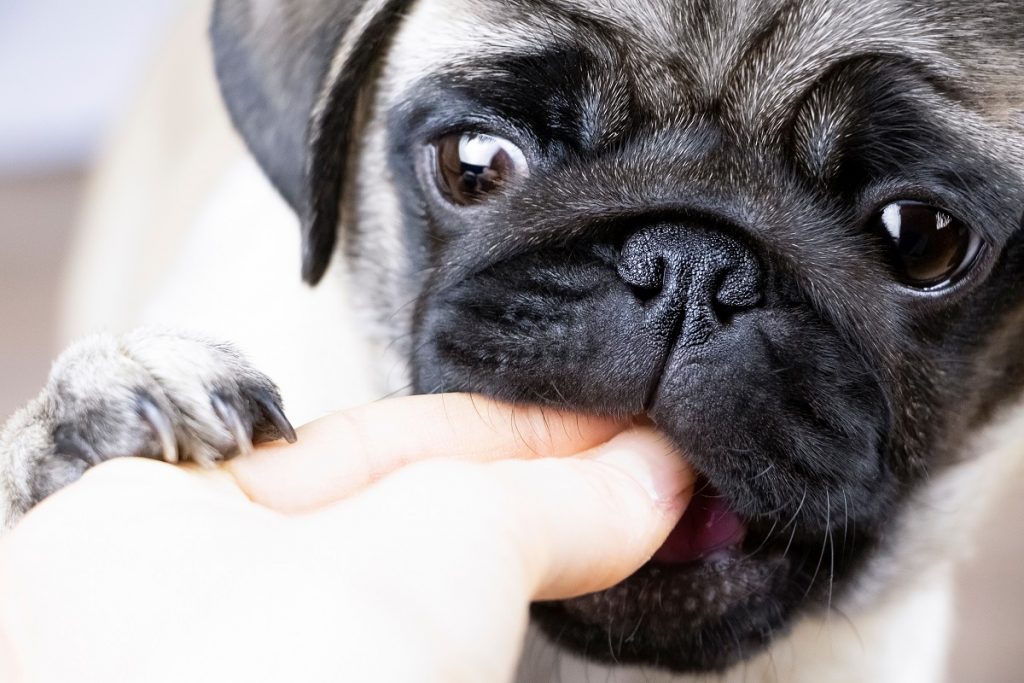It is an undisputed fact that the majority of Americans love pets. In the United States, 84.9 million homes or 67 percent of all households own at least one pet based on data from the 2019-2020 APPA National Pet Owners Survey.
This does not mean that there are only 84.9 million pets in the U.S., though, because many households have more than one pet. There are 63.4 million households that own a dog, 42.7 million households that own a cat, 11.5 million households that own freshwater fish, 5.7 million households that own a bird, 5.4 million households that own a small animal such as a rabbit or hamster, 4.5 million households that own a reptile, 1.6 million households that own saltwater fish, and 1.6 million households that own a horse.
Benefits of Pet Ownership
According to the Centers for Disease Control and Prevention (CDC), studies show that having a bond with a pet provides companionship and boosts happiness, reducing stress, loneliness, and depression. Playing with pets and walking them provides physical activity and increases fitness levels. This lowers blood pressure, triglyceride levels, and cholesterol levels. Taking pets outdoors also provides the opportunity to socialize with others.
A review and meta-analysis of studies on Dog Ownership and Survival from 1950 to May 24, 2019 showed that dog owners have a 31 percent reduction of risk for cardiovascular mortality compared to non-owners. Dog owners also have a 24 percent reduction of risk for general mortality compared to non-owners. In other words, dog-owners live longer lives.
Pet Spending
Because pets give so much joy, pet owners are willing to spend on them. According to the APPA Survey, in 2020, pet owners spent $103.6 billion while the estimated spending for pets in 2021 is $109.6 billion. This includes costs of pet food and treats, grooming, veterinary care, veterinary products, over-the-counter medicines, supplies, training, pet sitting and walking, boarding, insurance, and other services. It also includes the purchase of small animals, birds, fish, and reptiles.
In addition to spending for pets, however, pet owners must be willing to invest time and effort in properly caring for pets and ensuring their safety. This is a daily commitment.
Responsibilities of Pet Ownership
Having a pet at home means keeping the entire household pet friendly. Accidental poisoning is one of the most common dangers for household pets. All chemicals including medications, toiletries, makeup, cleaning and laundry supplies, batteries, and tobacco must be securely out of reach. When a pest control service has to eradicate pests, owners must ensure that the chemicals used are safe for both humans and pets. Even then, they must clean the chemicals from exposed surfaces immediately. Indoor and outdoor plants must be non-toxic to pets, as well.
Some human food can be toxic to pets. Examples are alcohol, chocolate, xylitol sweetener, gum, salt, yeast dough, coffee, garlic, onions, mushrooms, avocado, citrus fruits, apple seeds, cherry pits, peach pits, grapes, raisins, nuts especially macadamia, nutmeg, rhubarb leaves and stems, potato leaves and stems, and tomato leaves and stems. Owners must ensure that these are not accessed by pets even in the garbage bin.
Choking hazards abound in the home. Owners must not allow pets to play with clothes that have buttons. They must clear the floor and any surface that pets can reach of small items pets can swallow. They must enclose electrical and electronic cords in hard plastic cases so that pets cannot chew on them. At times these may not cause choking but can cause gastrological problems. For instance, if a cat swallows string, pulling it out of the cat’s mouth can damage intestinal walls. The owner must bring the cat to a veterinarian immediately.
Pets love to go into small spaces. Owners must cover air vents and heating vents, and always check drawers, the washing machine, and the dryer. They must always inspect the car before starting it.
Safety Between Humans and Pets
Sometimes pets can harm humans. Pets are animals and still act on instinct even when trained. A dog or cat can still bite and scratch. An owner must never be aggressive toward a pet. Aggression only triggers aggression, as well.
Anyone, including the owner, must approach a dog slowly and back off slowly. Running away can trigger a chase. When a dog is growling, snapping, or whining, people must not approach. They must also back off when a dog shows anxiety by yawning, licking his lips, averting his gaze, scratching, or sniffing the ground.
Cats show aggression by hissing, baring their teeth, flattening their ears against their head, or arching their back. The owner or anyone else must not attempt to pet a cat showing this behavior.
People who own other types of pets have the responsibility to research their specific pets’ behavior and how to safely handle them. Every animal has a different set of warning signs.
An owner who knows how to effectively manage a pet’s temperament will not have problems safely dealing with it. They can live together harmoniously and enjoy each other’s company for life.





